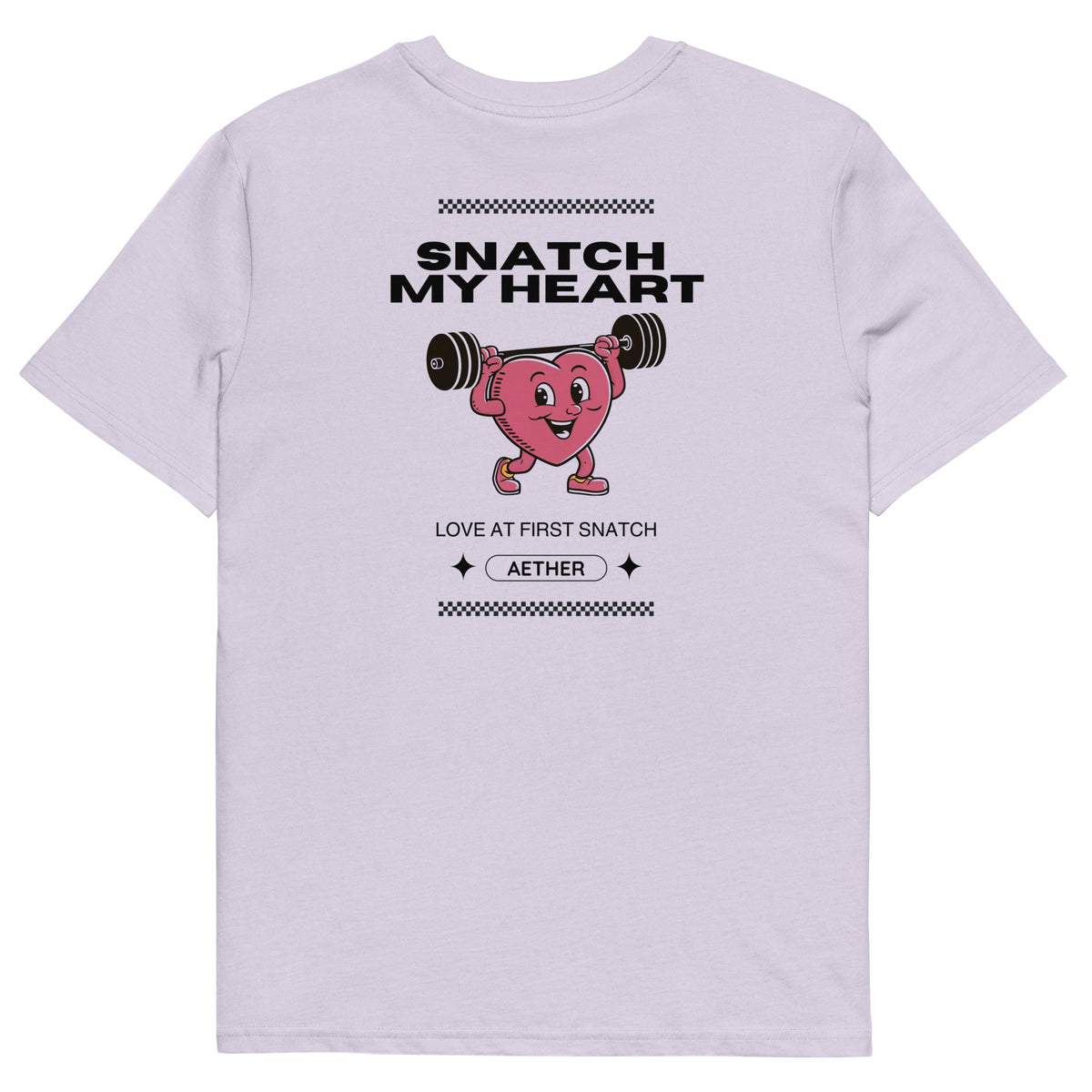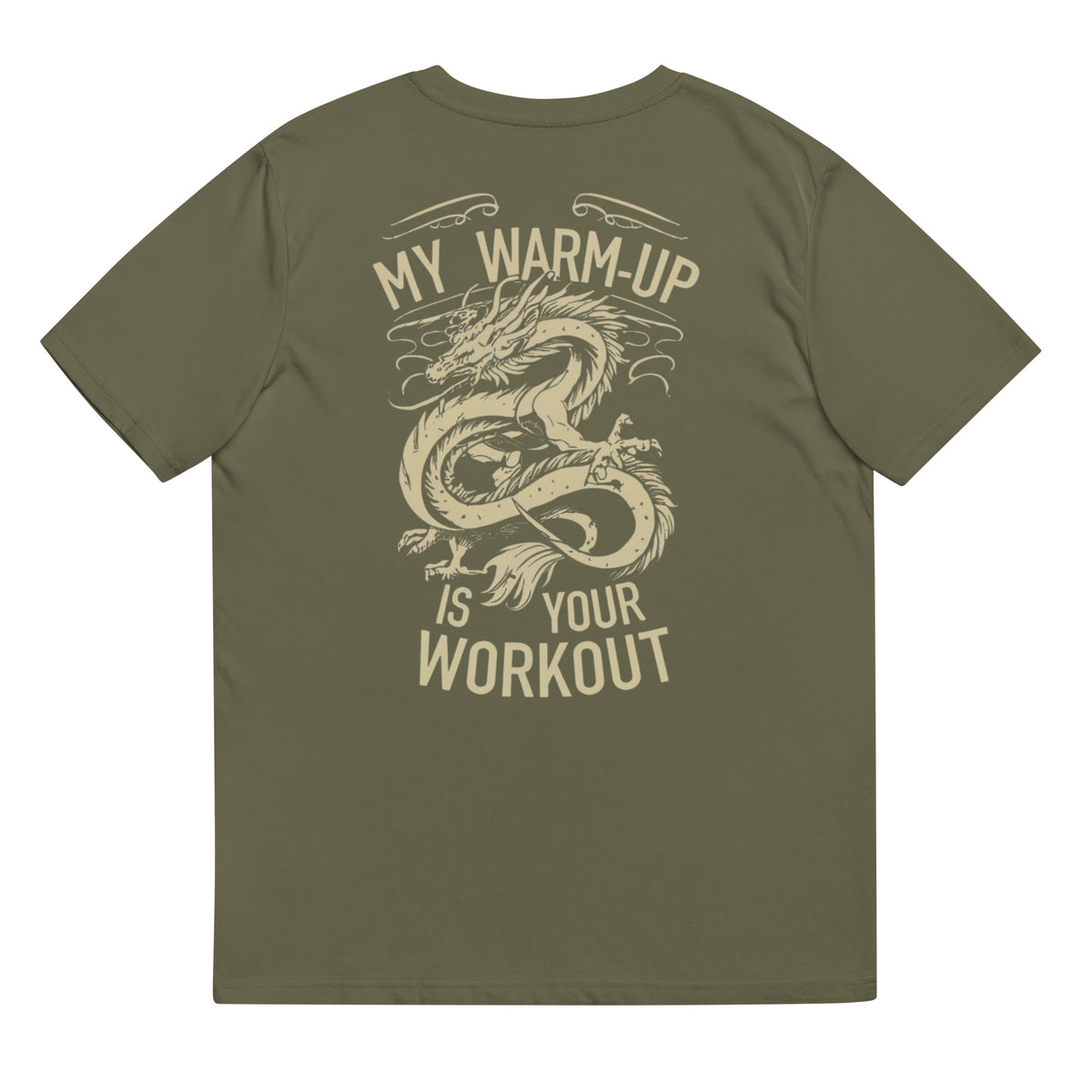With the arrival of heat, the importance of hydration becomes crucial, especially for those who practice CrossFit. Since, as we know, this sport is known for its intense training sessions, so it requires particular care in fluid intake to maintain optimal performance and avoid health problems.
In this article, we'll explore why hydration is vital and how you can ensure you stay well hydrated during your training and competitions.
Why is hydration so important?
Before giving you advice on how to stay well hydrated during your training sessions, we believe it is important that you understand “The Why” of the importance of hydration in CrossFit. Below we indicate 4 fundamental aspects in which it affects:
-
Corporal temperature regulation: During exercise, especially in hot environments, your body produces sweat as a cooling mechanism . Sweat, composed mainly of water and mineral salts, helps maintain body temperature within normal limits. Without adequate fluid replacement, the body cannot maintain this regulation, which can lead to heat stroke, cramps, and exhaustion. In the context of CrossFit, where workouts are intense and often of long duration, maintaining an adequate body temperature is essential to avoid serious health problems [1][2].

-
Physical performance: Dehydration can significantly decrease your performance. Several studies have shown that a loss of 2% of body weight in fluids can negatively affect physical capacity. This includes a reduction in muscle strength, power and cardiovascular endurance [3][4]. In CrossFit, every repetition and every second counts, and dehydration can make you feel more tired, have less coordination and strength. Staying hydrated helps ensure your body is in its best shape to face each WOD.
-
Injury Prevention: Muscles and joints need to be well hydrated to function properly. Dehydration can lead to reduced joint lubrication and increased muscle stiffness, increasing the risk of cramps, pulls, and other injuries [5][6]. When combining Olympic lifts, gymnastics and cardiovascular exercises, good hydration is crucial to maintaining muscle elasticity and joint health, allowing you to move efficiently and safely.

- Cognitive function: Hydration not only affects your physical performance, but also your mental function. Dehydration can cause fatigue, confusion, irritability, and difficulty concentrating [7][8]. In an environment like CrossFit, where coordination, concentration and quick decision making are required, a clear and focused mind is vital. Maintaining a good level of hydration helps keep your mind alert and minimize mistakes that could lead to injury.
Tips to Stay Hydrated
The theory is very good, but at Aether we believe that the important thing, more than knowing, is to apply what we learn, which is why we leave you below a series of tips to stay properly hydrated:-
Drink water regularly: Don't wait until you're thirsty to drink water, as thirst is a late sign of dehydration. Always keep a bottle of water with you and drink small sips regularly throughout the day. Before your workout, make sure you drink at least 500 ml of water 2-3 hours before and another 200-300 ml about 30 minutes before you start. During training, aim to drink between 150-200 ml every 15-20 minutes, and after training, replace lost fluids by drinking at least 500 ml of water.

-
Listen to your body: Learn to recognize signs of dehydration, such as dry mouth, fatigue, dizziness, and dark-colored urine. If you notice any of these signs, increase your fluid intake immediately. A good way to monitor your hydration is to look at the color of your urine: it should be a light yellow color. If it is darker, you need to drink more water.
Source: Sportlife.
-
Electrolyte balance: In addition to water, consider consuming beverages that replenish electrolytes lost during sweat, such as sodium, potassium, calcium, and magnesium. Sports drinks can be helpful, but you can also opt for natural solutions like coconut water, which is rich in electrolytes. Another option is to prepare your own hydrating drinks with water, a pinch of salt and fruit juice. Avoid sugary and caffeinated drinks, as they can contribute to dehydration.
-
Pre-Hydration and Rehydration: Make sure you are well hydrated before starting your training. Pre-hydration helps maintain a fluid balance in your body from the beginning. After training, rehydrate properly. As we will see below, consuming foods rich in water, such as fruits and vegetables, can also help with rehydration [9][10].
- Hydrating foods: Include foods rich in water, such as fruits and vegetables, in your daily diet. Options such as watermelon, cucumber, oranges and strawberries not only help you stay hydrated, but also provide vitamins, minerals and antioxidants essential for muscle recovery and general health [11][12]. These foods can be a perfect complement to your meals and snacks before and after training.

Conclusion
Hydration is an essential component for any CrossFit athlete , especially during the hot months. Staying well hydrated not only improves your performance, but also protects your health and allows you to enjoy your workouts and your daily life to the fullest.
Remember, hydration is a continuous process; Make sure you drink enough water and maintain a proper balance of electrolytes to perform at your best, since during summer or hot climates, the body needs more fluids to stay cool. The combination of heat and intense exercise increases fluid loss through sweat. Here are some additional strategies to deal with the heat:
- Train during cool times: If possible, do your workouts early in the morning or late in the afternoon when temperatures are lower. Avoid training during peak heat hours , usually between 10 a.m. and 4 p.m. If you train indoors, make sure the area is well ventilated and, if necessary, use fans or air conditioning.
- Light, breathable clothing: Wear clothing that allows sweat to evaporate and helps regulate your body temperature. Opt for clothing that absorbs moisture and allows better air circulation. Light-colored fabrics also help reflect the sun's heat, keeping you cooler.
- Shades and cool spaces: Look to train in shaded or well-ventilated areas. If you train outdoors, try to find shady places. Also, during breaks, cool off with wet towels or use water sprays to lower your body temperature.
#bethefifthelement
Bibliographic references
- Sawka, M.N., & Montain, S.J. (2000). Fluid and electrolyte supplementation for exercise heat stress. American Journal of Clinical Nutrition , 72(2), 564S-572S.
- Cheuvront, S.N., & Kenefick, R.W. (2014). Dehydration: physiology, assessment, and performance effects. Comprehensive Physiology , 4(1), 257-285.
- Casa, DJ, Armstrong, LE, Hillman, SK, Montain, SJ, Reiff, RV, Rich, BS, ... & Stone, JA (2000). National Athletic Trainers' Association position statement: fluid replacement for athletes. Journal of Athletic Training , 35(2), 212-224.
- Shirreffs, S. M., & Sawka, M. N. (2011). Fluid and electrolyte needs for training, competition, and recovery. Journal of Sports Sciences , 29(sup1), S39-S46.
- McDermott, BP, Casa, DJ, Ganio, MS, & Lopez, RM (2009). Hydration status, sweat rates, and rehydration education of youth football campers. Journal of Sport Rehabilitation , 18(4), 535-552.
- Petrofsky, J.S., Laymon, M., & Lee, H. (2013). Effect of aging on hydration status and the effects of fluid volume and osmolality on endurance performance in females. Medical Science Monitor , 19, 875-884.
- Lieberman, H. R. (2007). Hydration and cognition: a critical review and recommendations for future research. Journal of the American College of Nutrition , 26(sup5), 555S-561S.
- Cian, C., Koulmann, N., Barraud, PA, Raphel, C., Jimenez, C., & Melin, B. (2000). Influence of variations in body hydration on cognitive function: effect of hyperhydration, heat stress, and exercise-induced dehydration. Journal of Psychophysiology , 14(1), 29-36.
- Armstrong, LE, & Casa, DJ (2001). Methods to evaluate electrolyte and water turnover of athletes. Athletic Therapy Today , 6(5), 52-57.
- Kenefick, R.W., & Sawka, M.N. (2007). Hydration at the work site. Journal of the American College of Nutrition , 26(sup5), 597S-603S.
- Nieman, D. C. (1998). Exercise and Resistance to Infection. Canadian Journal of Physiology and Pharmacology , 76(5), 573-580.
- Popkin, B.M., D'Anci, K.E., & Rosenberg, I.H. (2010). Water, hydration, and health. Nutrition Reviews , 68(8), 439-458.





0 comments